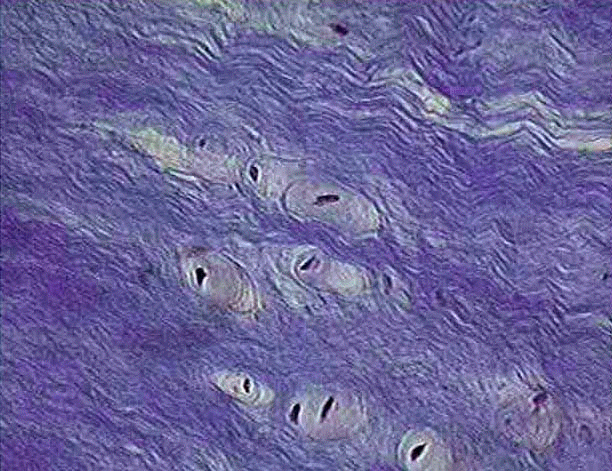So, dragons, wyverns, gryphons, bird people, pterosaurs, etc...
Every flier shares the problem of toughness (the lack of it) when compared to grounded creatures. The only path we can go down on is decreasing the size of the hit location and making less important structures capable of retaining some of their function with a bullet hole or two in them.
Thankfully, giant pterosaurs had torsos about 60 centimeters in length. Well, they were definitely deeper and wider than a human's though. Anyway, we can use that to our advantage, well, that and the fact that their ribcage was definitely fused.
If we were to turn that ribcage into armor, we'd need to cover less area, but the organs would be subjected to more blunt-force trauma, not to mention the chance of chunks of the armor breaking off and getting lodged in them.
Sigh.
How should I fix that, or should I just give it up altogether?
Some additional tools I use for creature design:
- Many large flying creatures in my setting have "air blubbers", which are layers of flexible aerogel, made out of strong, fibrous material; the aerogel's density is 0.2 grams per cubic centimeter.
- Abalone shells are very impressive, especially their shock resistance.
- Also, my creatures can synthesize and use carbon nanotubes in their bodies.


